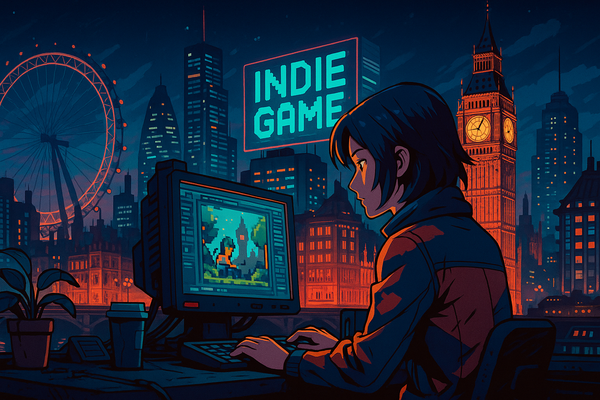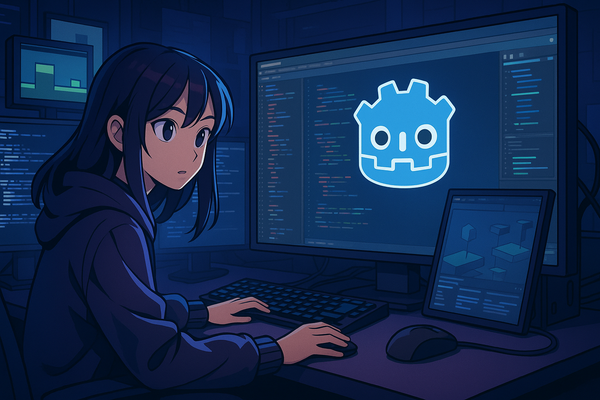Leveraging player feedback to innovate and improve: Lessons from successful indie games
Player feedback has become an invaluable asset in game development, particularly for indie studios that rely heavily on community engagement. By actively incorporating feedback, developers can create better gameplay experiences, enhance game mechanics, and foster a loyal community. This article will explore the role of player feedback in driving innovation and improvement, using lessons learned from successful indie games.
1. Early access and beta testing: Building community trust
Successful indie games like Dreamscaper and Hades utilized early access and beta testing as crucial components of their development cycle. By involving players early in the process, developers gathered essential feedback on gameplay mechanics, storylines, and user experience. This allowed them to make informed decisions and build trust with their player base. Early access enables real-time feedback, helping developers fine-tune their games before official launch(Xtremepush)(Affogata).
2. Feedback loops: Continuous improvement through player insights
An essential strategy for ongoing improvement is creating feedback loops. Incorporating player feedback iteratively ensures that games remain fresh and evolve based on player needs. For example, developers of Minecraft and League of Legends have leveraged feedback loops to improve game mechanics, balance issues, and expand content(MoldStud). By maintaining an open dialogue with players, developers can address bugs, improve balance, and add new features that align with the community’s desires.
3. Refining gameplay mechanics based on feedback
Indie developers have found that player feedback is invaluable for refining core gameplay mechanics. Player insights highlight issues with balance, difficulty, or mechanics that might not be obvious during internal testing. For instance, feedback regarding difficulty spikes or underwhelming features can be analyzed and addressed to improve the overall experience(Xtremepush). By responding to player concerns, developers can make adjustments that lead to smoother, more engaging gameplay.
4. Enhancing content expansion with player requests
Player feedback is not just about fixing problems—it’s also a powerful tool for generating ideas for new content. Many indie games expand their content based on direct requests from their community. Players often suggest new characters, levels, or game modes, which developers can prioritize based on popularity. No Man’s Sky is a prime example of a game that reinvented itself based on player feedback, continuously releasing new content that aligned with player desires(Game Dev Guides).
5. Strengthening community engagement through player empowerment
Turning player feedback into actionable improvements empowers the community, creating a sense of ownership and loyalty. By implementing suggestions from players, indie developers foster a collaborative atmosphere where players feel their input matters. Games like Dreamscaper thrived on this dynamic by constantly engaging with players through Discord, polls, and early-access events.
Incorporating player feedback into the development cycle is no longer just an option for indie developers—it’s a necessity. By listening to their audience, refining mechanics, and expanding content based on player suggestions, developers can create more polished, engaging, and successful games. As indie studios continue to innovate, player feedback will remain a driving force in shaping the future of game design.



